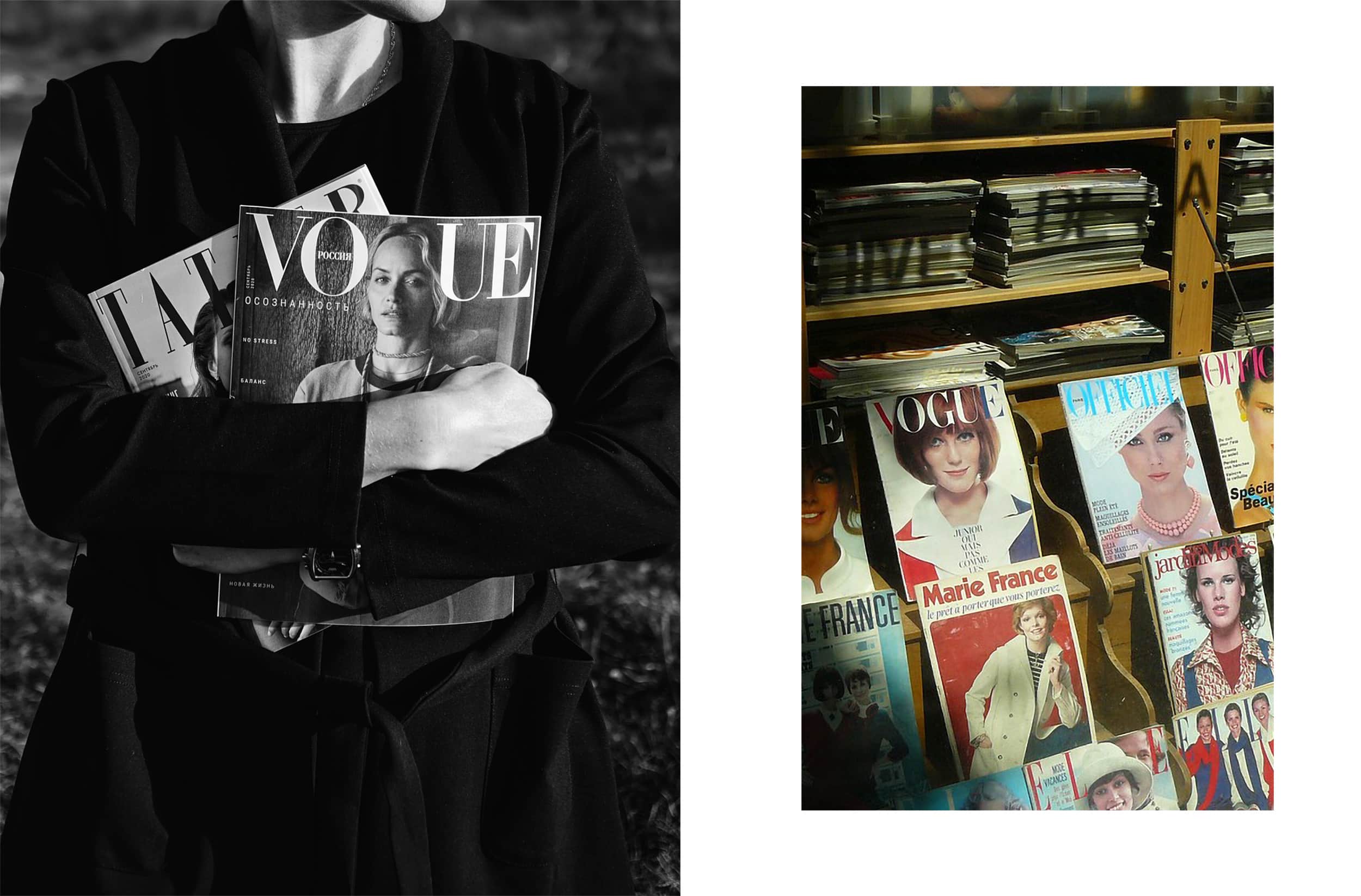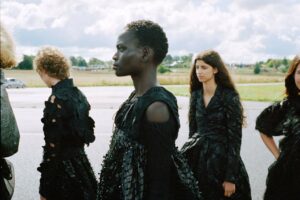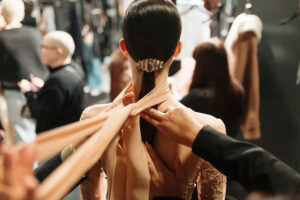Reading “simple, for women, requiring no special effort”: these are just some of the ways magazines and fashion journalism have been defined since their inception.
Nothing could be more wrong.
Because fashion can also be this, or rather light-heartedness and simplicity, but once the curtain has been pulled back, a world appears to us that is anything but obvious, made up of studies, research, discoveries and information regarding the society in which we live and that tackles every subject, from social struggles to ecology. This is fashion journalism, even and specifically in Italy. Make yourself comfortable for some thematic reading: here, we tell you when and how it was born and how it has developed up to the present day.
The Birth of Fashion Magazines
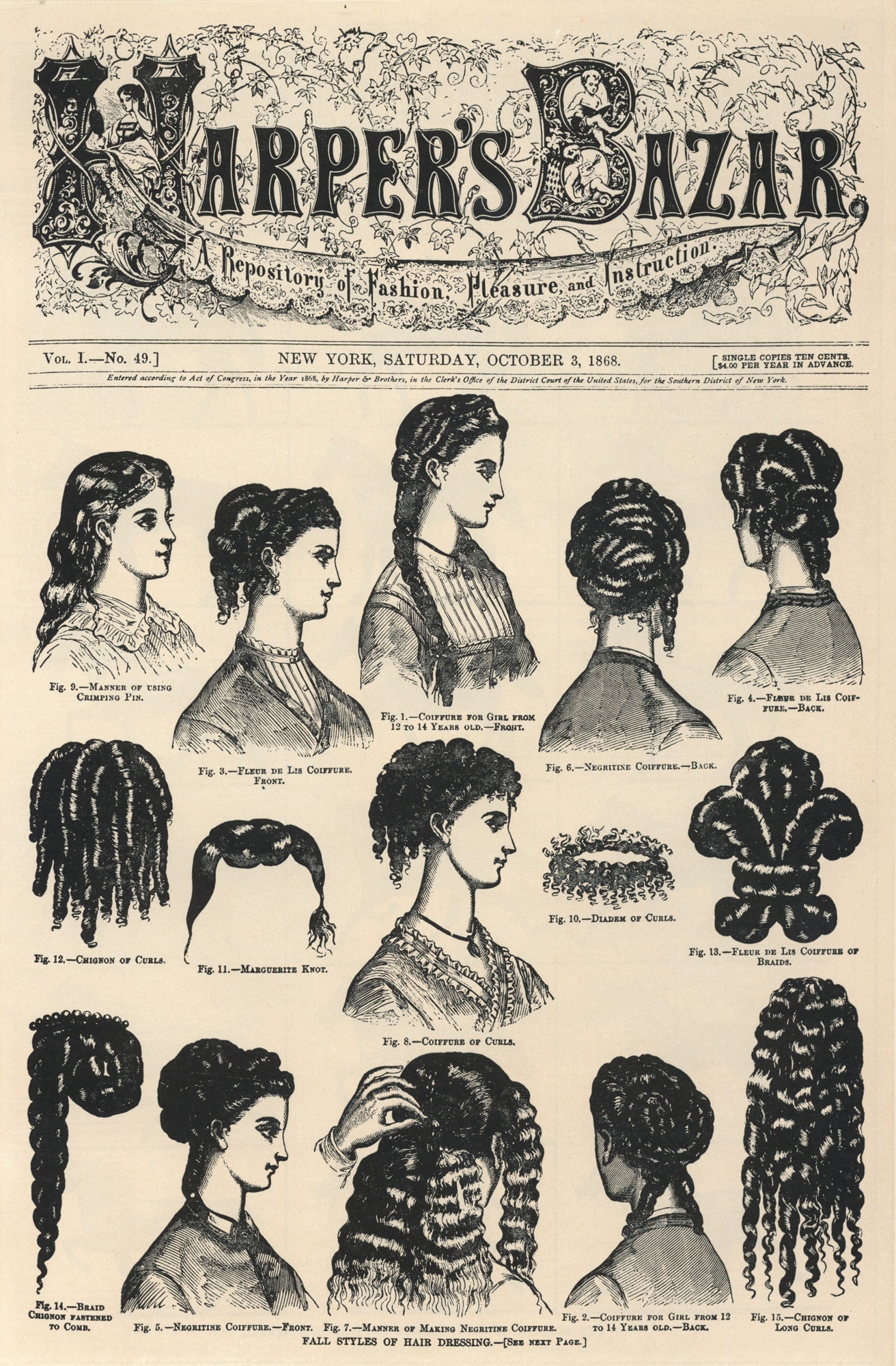
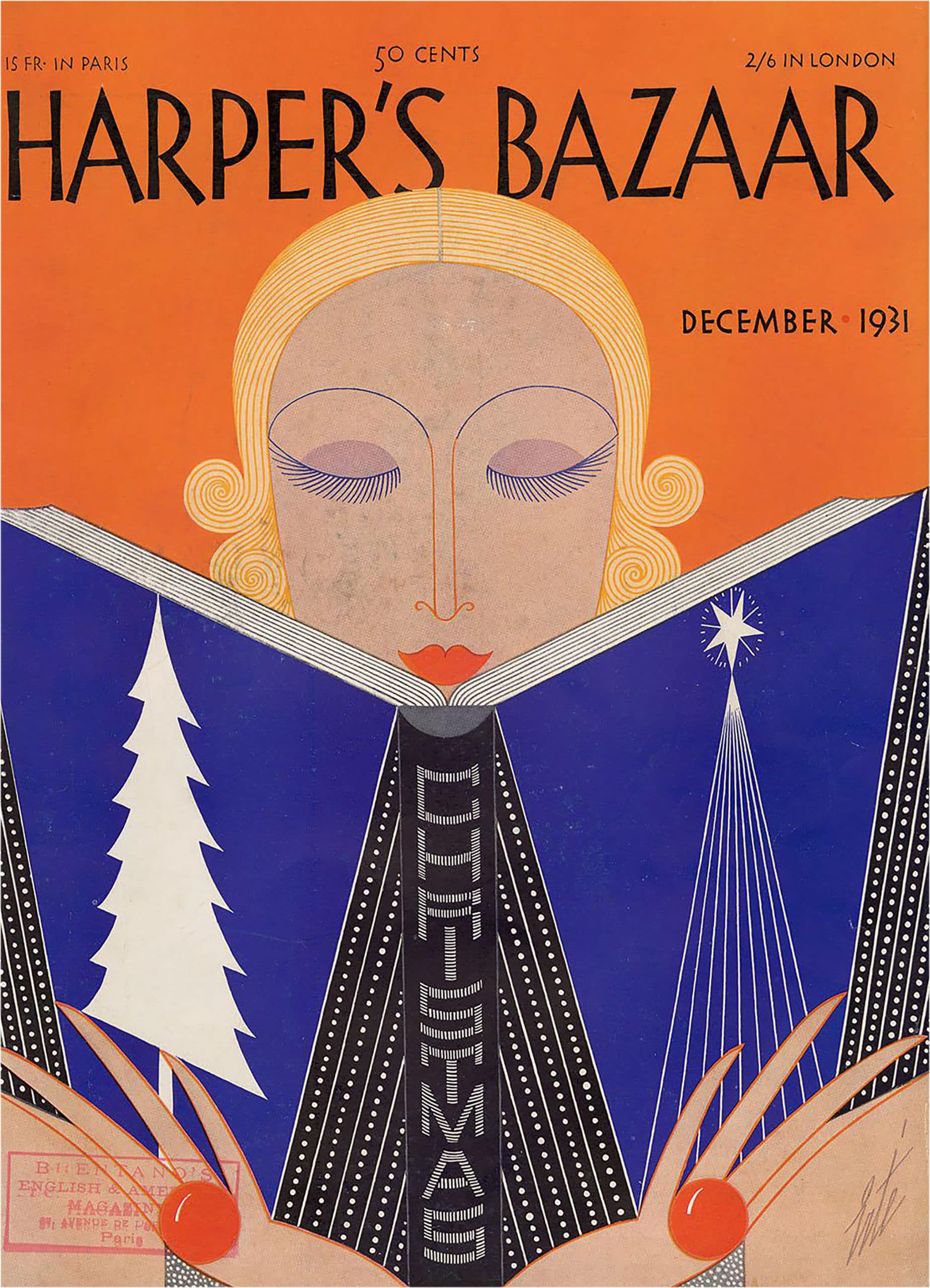
A brief general outline before we get to the heart of the matter: printing was born in the 6th century A.D. in China, when wooden matrixes with carvings were conceived and created, to be inked and “printed” on sheets; it was one of the most important discoveries in human history. It was in the 15th century that Johannes Gutenberg introduced the movable type in Europe: a steel punch engraved with a typographical mark created the matrix, in which the characters were melted and then placed on a plane and printed on paper. Finally, in 1843 Richard March Hoe invented rotary printing, which was then perfected through the introduction of coils by William Bullock, leading to the creation of the first printing machine for large runs. Also for large-scale distribution, in 1875 offset printing was born, where complex roller systems were used to transfer the image onto the paper, allowing for the creation of high-definition prints.
The first fashion magazines were born in France, around the seventeenth century, more precisely at the court of Louis XIV, and consisted of a collection of representations of all the clothes and accessories worn by the aristocracy of the time: they were widely used mainly by seamstresses, who could thus copy the most popular models. As for news and fiction, press and fashion journalism soon took hold especially in France and England, the two European countries where the development of democratic societies was slowly taking place; the dress, therefore, was no longer just a way to indicate one’s social lineage but a vehicle to affirm oneself as an individual. A little curiosity: before the fashion magazines, they used the so-called Pandora’s Dolls, dolls dressed as people in miniature, with realistic clothes and accessories that were used to promote Parisian fashion all over the world.
And in Italy? The Birth of Fashion Magazines, from 1700 to 1800
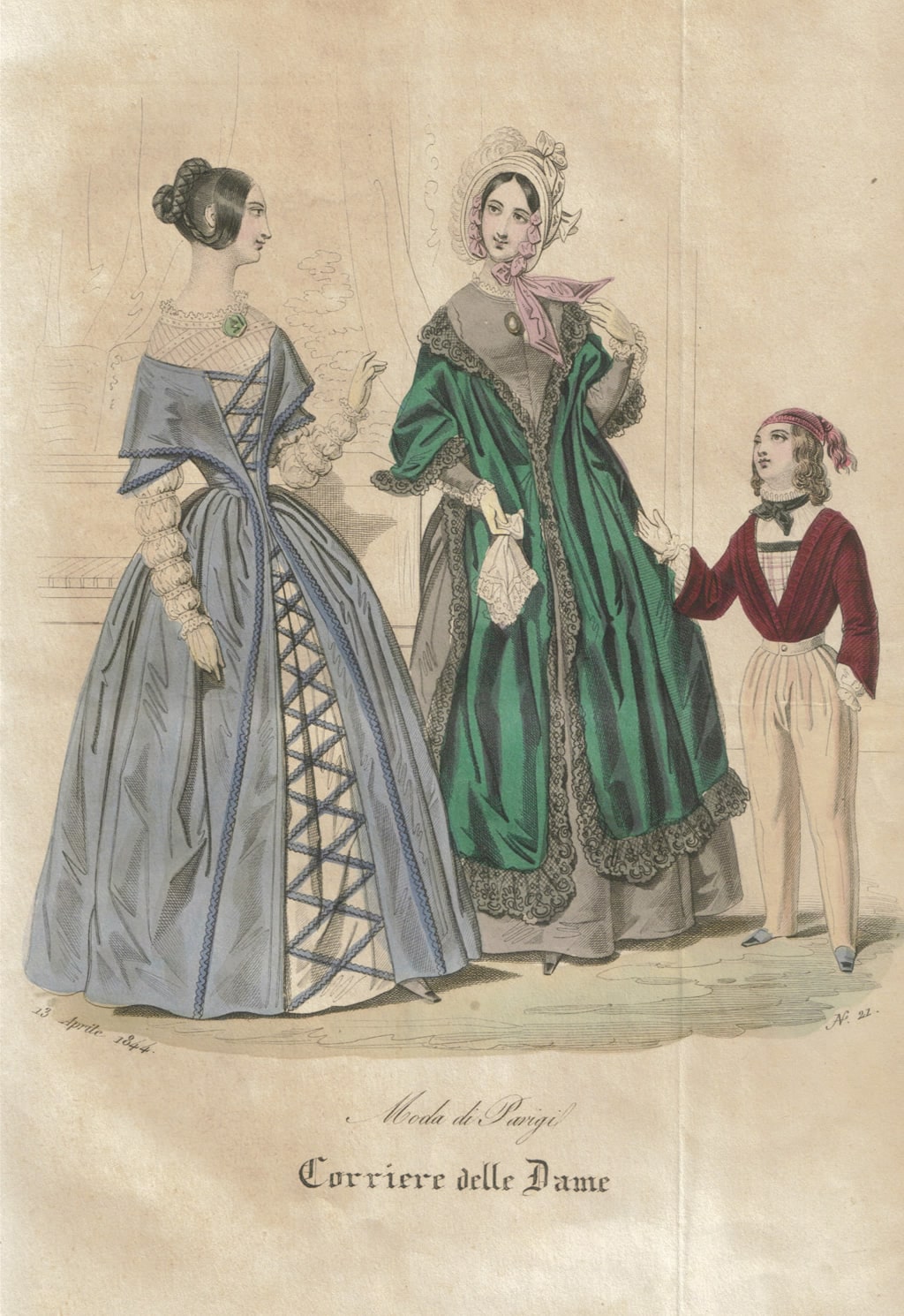
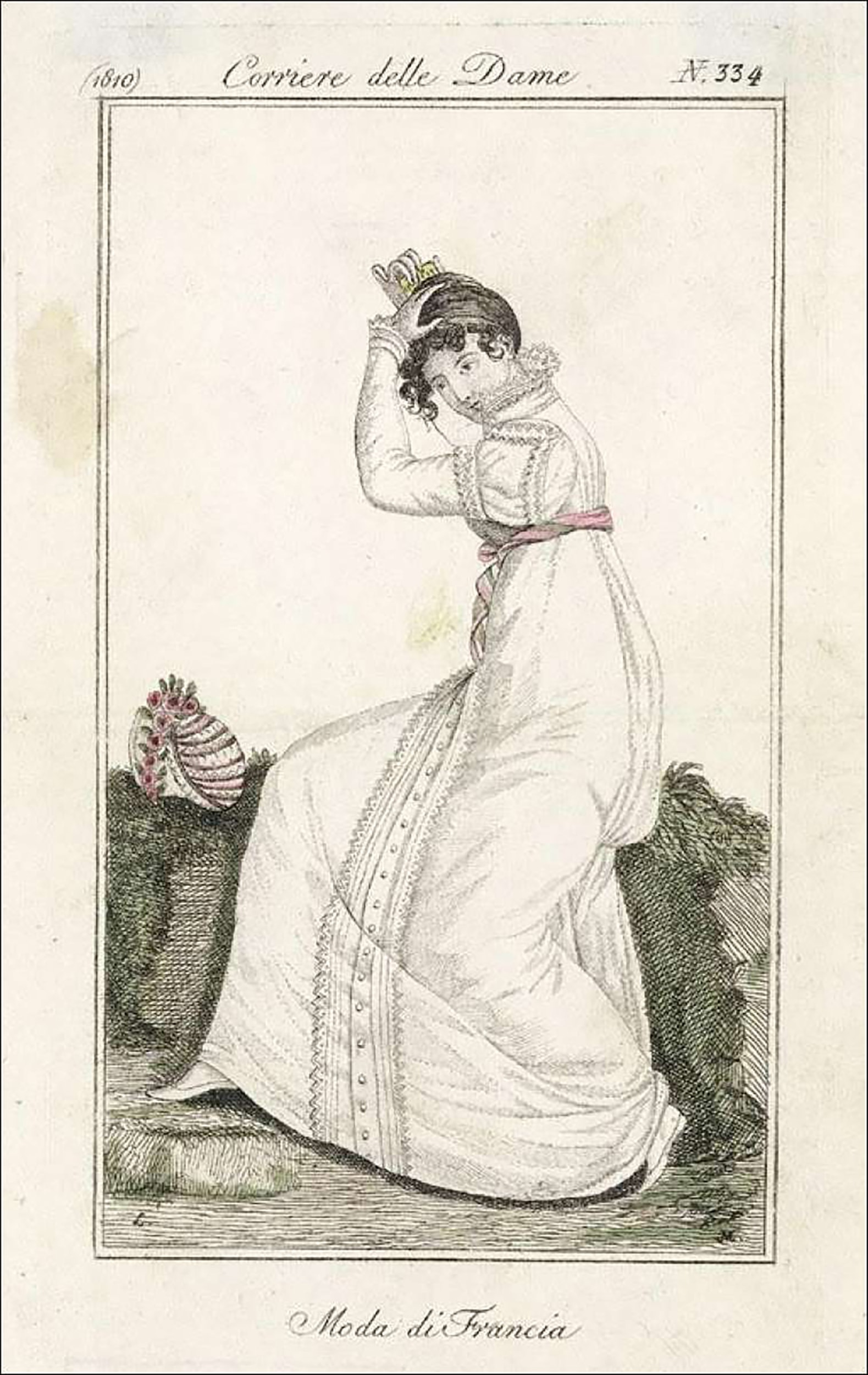
We are in 1776 when, in Milan, was published “Il Giornale delle nuove Mode di Francia e d’Inghilterra” (The New Fashion Newspaper of France and England): produced by the Pirola printing house every month in a small format, it was dedicated to a female audience and presented inside poems and short stories, as well as numerous tips on toiletries and fashion inspired by English and, above all, French.
But it was in 1804 that the magazine “Corriere delle Dame” was born, inspired by the French “Journal des Dames.” It was founded by Carolina Arienti Lattanzi, who, thanks to the influence of her husband, the journalist Giuseppe Lattanzi, became a journalist in her own right, as well as a writer and poetess. The magazine featured articles on civics, theater, politics, and fashion, in a forward-looking manner, Carolina being aware that fashion is nothing but a mirror of society.
The illustrated fashion sketches were initially French, but soon they were joined by models designed by Italian dressmakers, to a point that she published a collection that could be purchased separately with all the sketches and drafts inside. One of the novelties introduced by the magazine, thanks to the many aspects it dealt with, was the paid advertisements by businesses wishing to see their name on the famous Corriere, therefore one of the first forms of advertising.
In 1848, Italy began to detach itself from French fashions, favoring Neapolitan creatives; quoting the issue of the “Corriere delle Dame” from 20 July 1848: “The power of fashion always exerted its influence; it had an active life in the great political movements, it mixed in the parties, it showed itself as the expression of thought, now adopting the styles of a warlike nation, now the colors of freedom, independence, now those of a prosperous and peaceful nation. […]:” Italy was finally beginning to make its voice heard. In the following years, the periodical “La Moda Illustrata” (1877) and “L’Eco della moda: giornale delle signore e signorine” (1888) were published in Milan.
The Italian fashion press in 1900
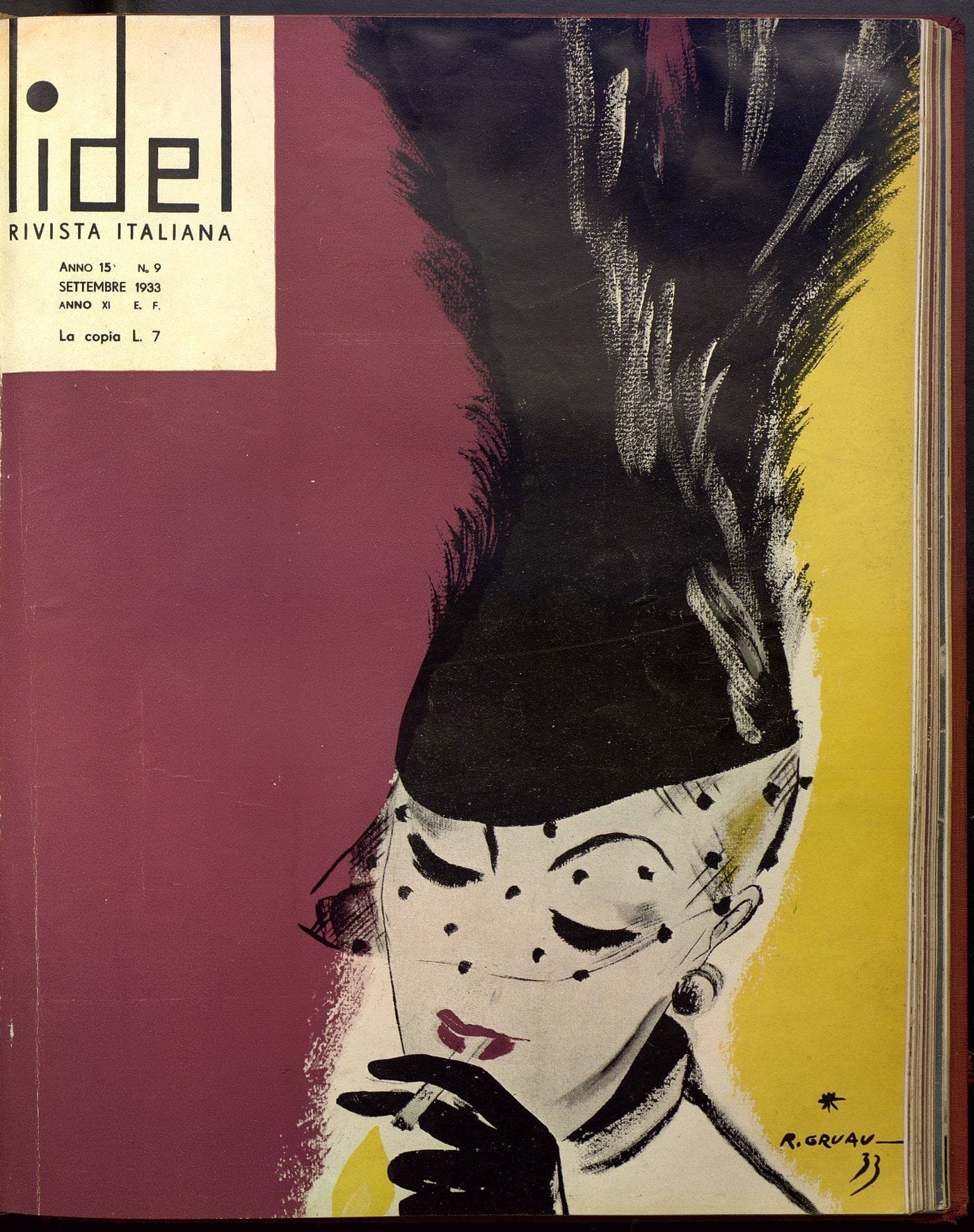
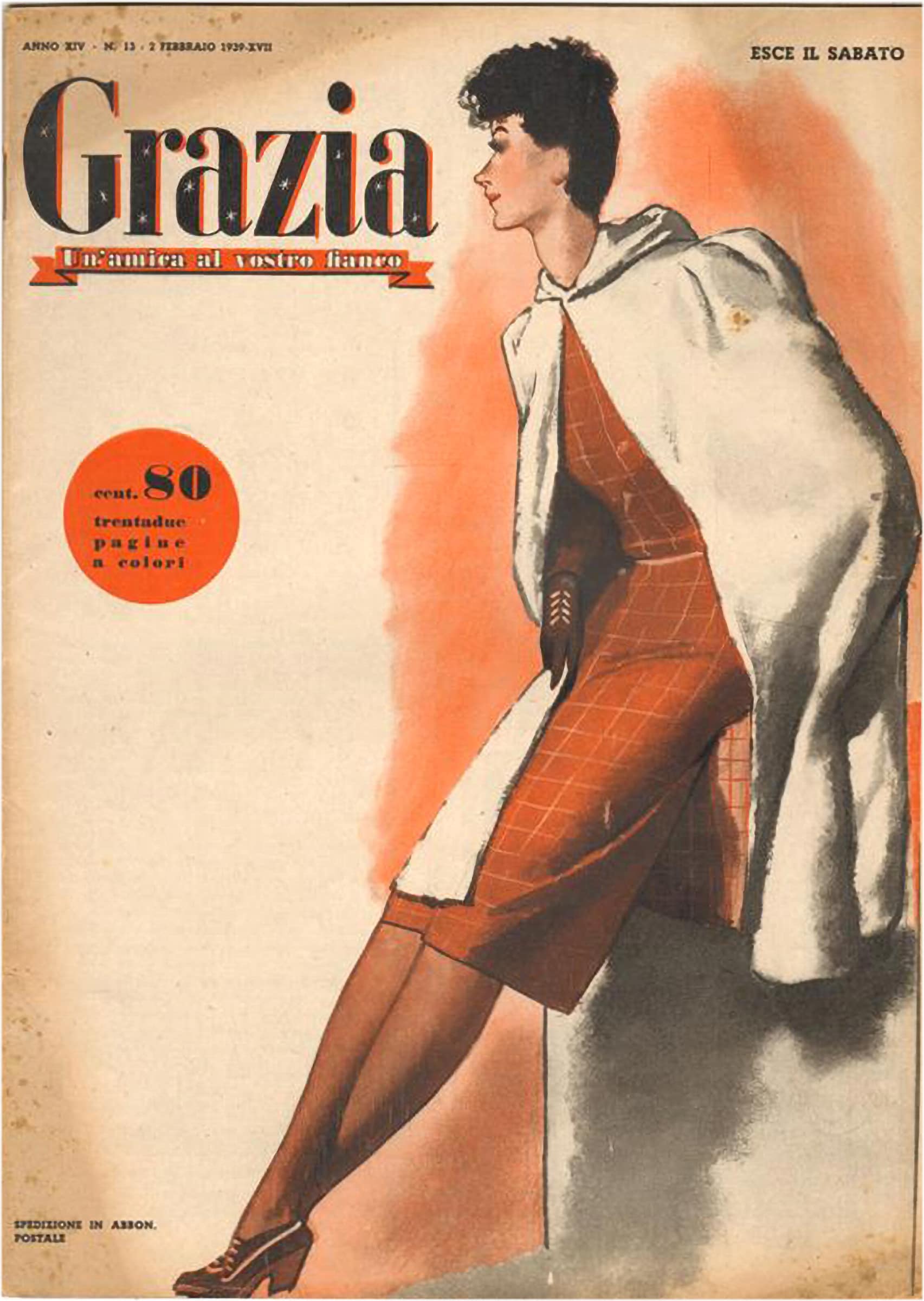
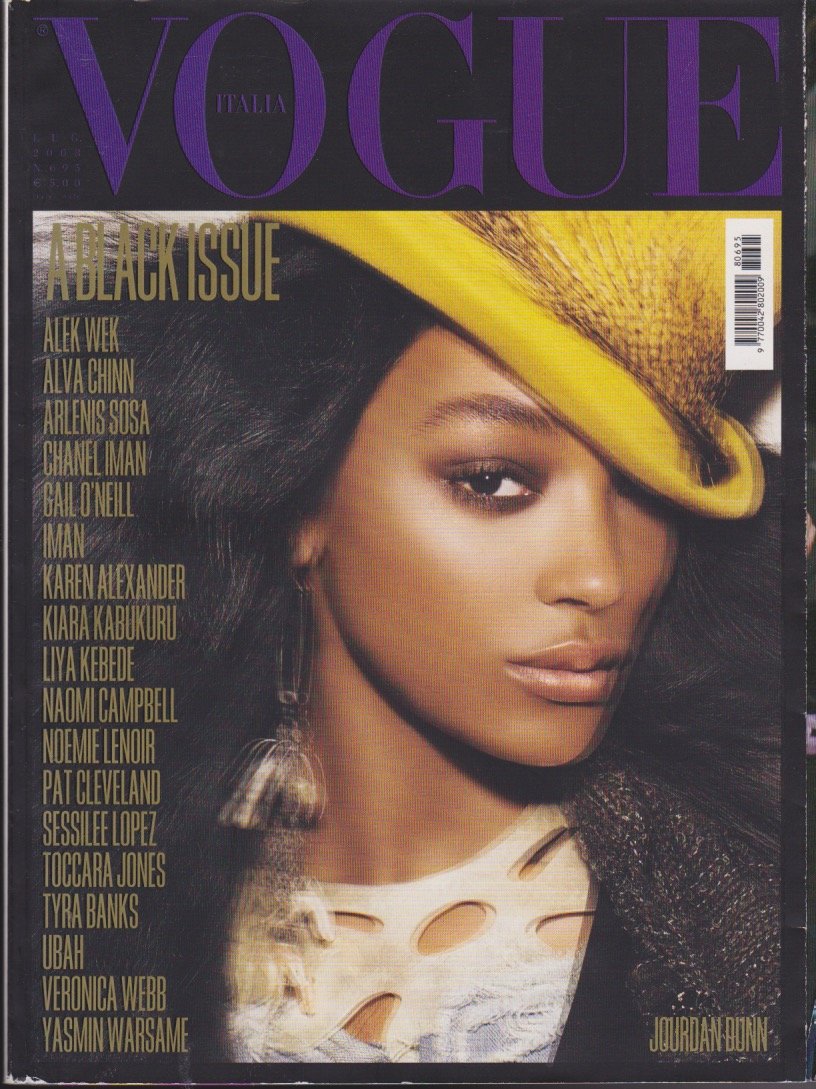
The Italian fashion press became properly and definitively what it is in the years between the First and Second World Wars. The Fascist regime, in particular, tried to bring Italy more and more towards economic and social independence from other states and so, also the fashion press became more and more Italian. One of the most popular magazines in these terms was “Lidel (Letture, Illustrazioni, Disegni, Eleganze, Lavoro),” founded in 1919 by Lydia De Liguoro: conceived for an aristocratic public, the focus of this magazine was the Italian fashion, to which it tried to give prominence and independence from the French one. 1927 was the year in which “Sovrana” was born, instead, the one that today we know as “Grazia“, where the main topic, namely fashion, was and still is surrounded by news, travel, hobbies. In 1920 in Milan was published “Novella”, which since 1966 was renamed with the title of “Novella 2000,” while in 1940 came out the monthly magazine “Fili di Moda,” with some more “practical” examples related to fashion.
In 1964 “Vogue Italia” was born, following the purchase of the magazine “Novità,” which dealt with fashion, furnishing, and style. The name Vogue Italia was assumed in 1966 under the historical director Franco Sartori, who completely revolutionized the magazine’s layout: from the type of paper to the contents and photographs. Although we will have to wait until the 70s to have a real boom of the magazine, also thanks to the intervention of the iconic director Franca Sozzani, who revolutionized not only the magazine but the image of Italian fashion around the world. One that made history, for example, is the special edition of “Vogue Italia” entitled “Black Issue” (2008): Sozzani published a monthly magazine with interviews, photographs and services with only black models, to try to sensitize the public to the theme, still very current today, of the representation of more ideals of beauty.
Harper’s Baazar also contributed to the history of fashion journalism in Italy: since its inception, it has distinguished itself in identifying the new, the different, the person or phenomenon that would make history, and is still remembered for the magnificent illustrations by the Russian illustrator Ertè, which have been transformed since the ’50s in photographs including those of Helmut Newton and Richard Avedon.
Finally, in 1962 the weekly magazine “Amica” was born, conceived by some journalists of “Il Corriere della Sera:” the name of the magazine was proposed by the correspondent Dino Buzzati and the first cover was dedicated to Sophia Loren; it was a magazine that made its way talking about feminism and emancipation.
The 2000s
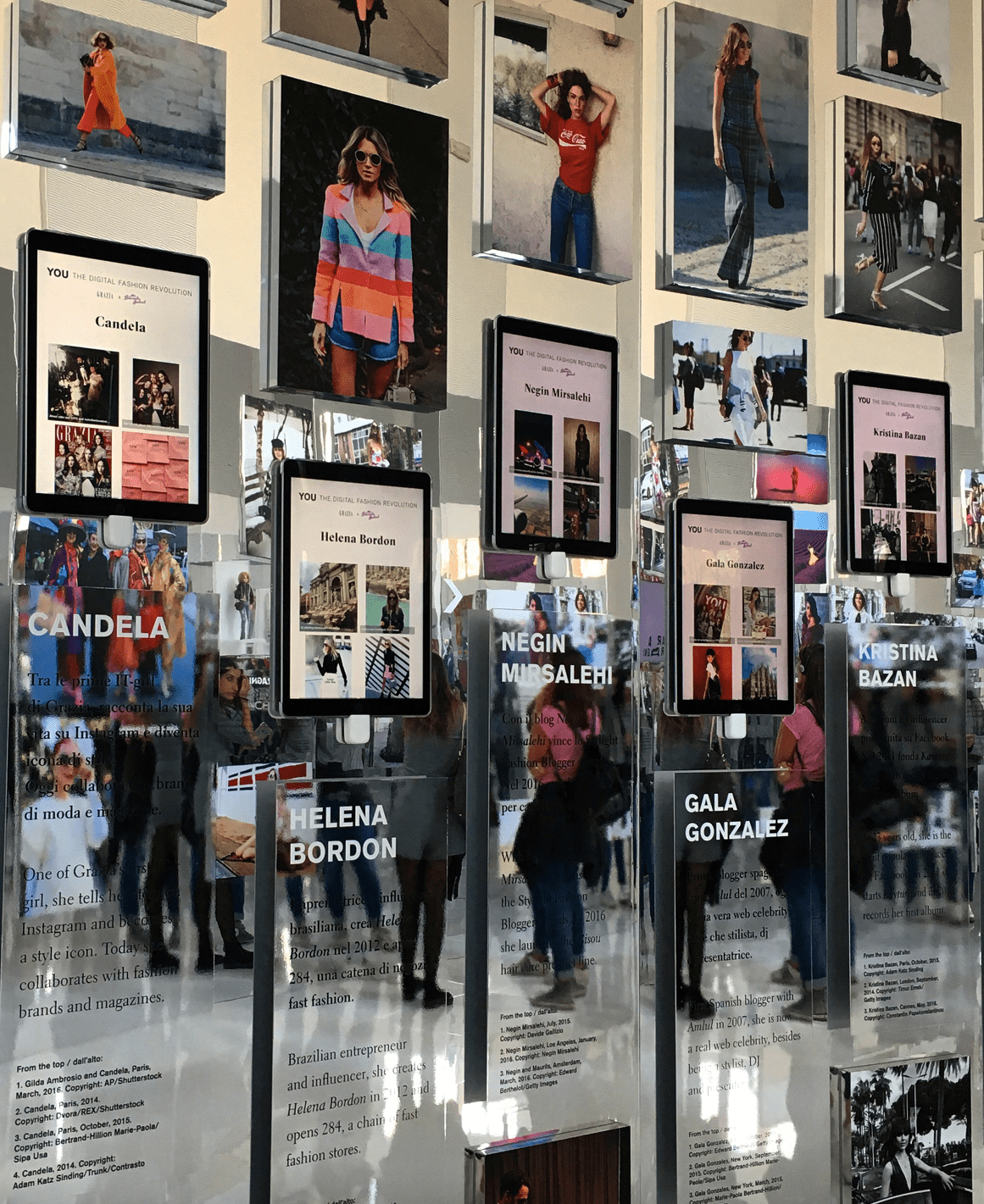
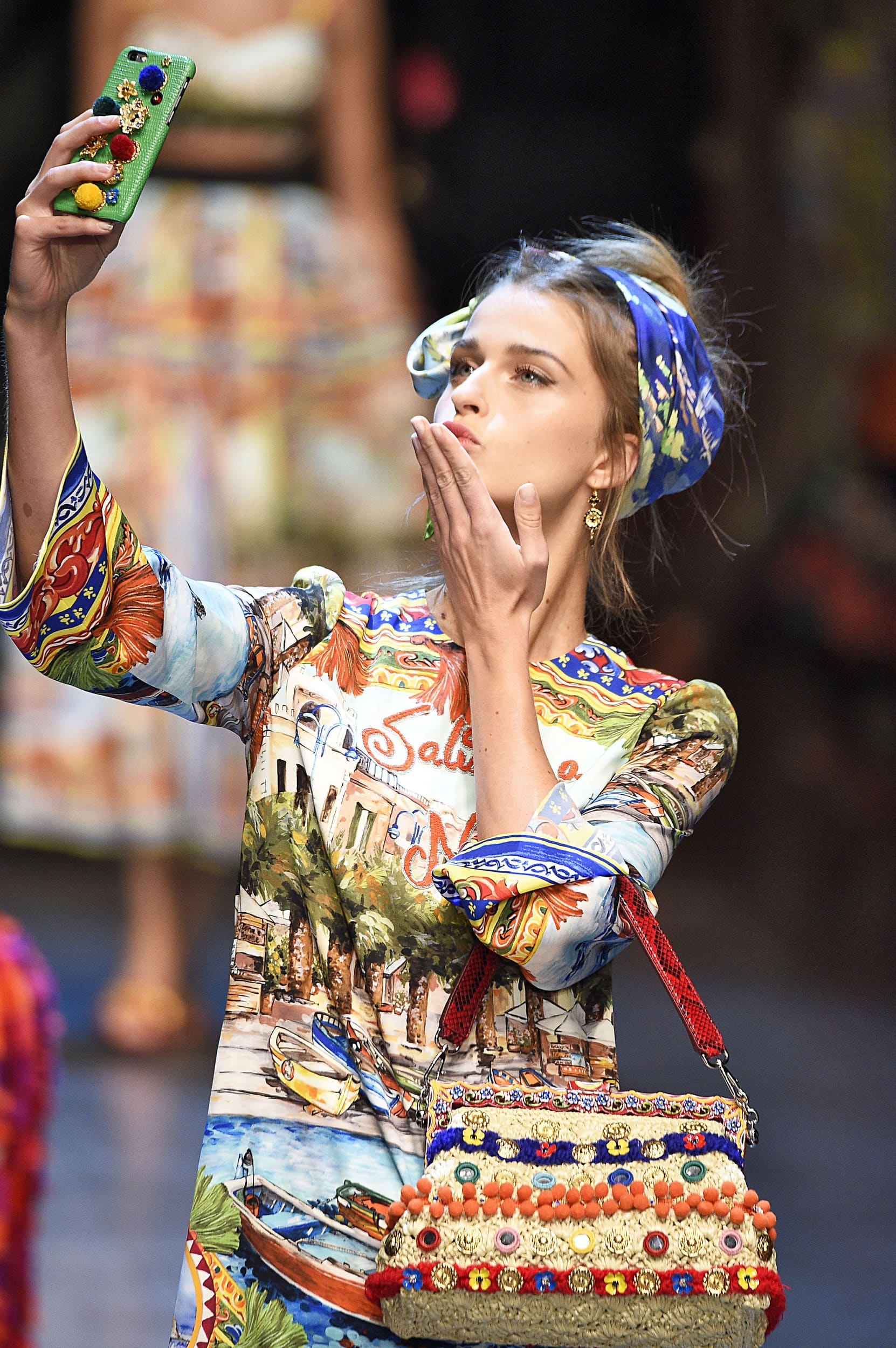
Since the 2000s, magazines and periodicals have been using digital subscriptions. That’s when online magazines, blogs and websites appeared, expanding the number of readers and therefore of projects and articles, giving rise to a new way of doing journalism, immediate and for everyone. But why are online magazines so much more successful than print ones? We can start by saying that the content of an online magazine is constantly updated and the reader can interact with the magazine in new and interactive ways, in addition to being often considered more practical. Today there is no paper newspaper, whether fashionable or not, that does not have its digital counterpart: the convenience of being able to read on your smartphone, tablet or computer is undeniable.
Unlike what you might think, social and online content are proving every day more valuable and creative: the new contents, are in fact fresh and engaging for the reader. In a country like Italy, tied to traditions, the recent pandemic, for example, has forced even the most tenacious supporters of paper magazines to consider an online version.
But back in 2010 for example, Franca Sozzani created the website Vogue. it, while in 2019, Vogue Italia decided to expand its online audience thanks to Vogue Podcast. Also “Harper’s Baazar” in 2020 debuts in Italy with a first online edition and a new project wanted by the director Alan Prada: we are talking about “Bazaar TV,” a container of videos about fashion and Italian prominent personalities. Creating online is not easy, just as it is not easy to disentangle yourself from a jungle of information, but we are convinced that quality always pays, as well as the commitment to write and create valid content, both on paper and online.
Blogs, websites, online magazines, social networks and podcasts… Fashion information continues, as it always has, to evolve with society, and we wonder what will be the next step in the new and surprising forms of communication.

